New Season of ‘America’s National Parks’ Uses Advanced Camera Tech
![]()
The second season of “America’s National Parks” premiered last night on National Geographic TV, kicking off a fresh series of episodes focused on the beautiful and diverse national parks located throughout the United States.
While the first season of “America’s National Parks” visited some famous locations, including the Grand Canyon, Yellowstone, the Everglades, Olympic National Park, and more, there is still plenty more to see in season two, including visits to the Grand Tetons, Biscayne National Park, Voyageurs National Park, Channel Island, and Lake Clark.
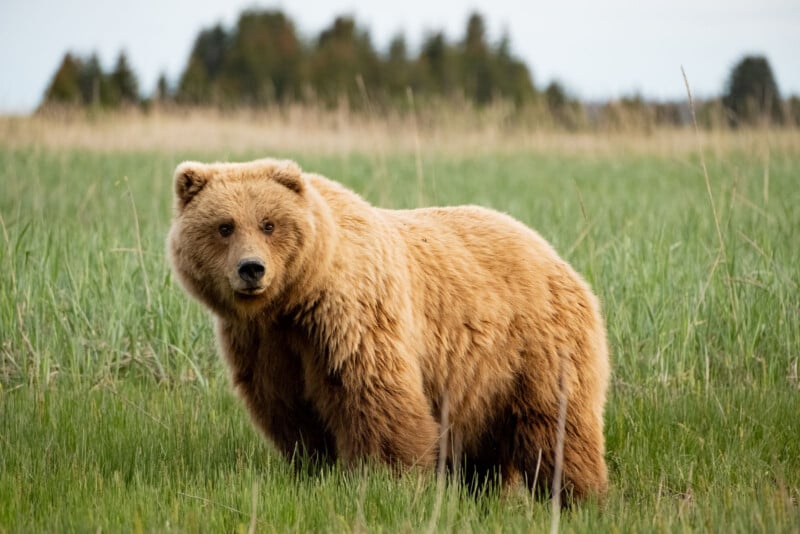
While this season focuses on somewhat less-frequented national parks — relative to popular destinations like the Grand Canyon and Yellowstone — there are plenty of spectacular views and incredible wildlife. National Geographic has also tapped a famous voice to narrate the season: celebrated country musician Garth Brooks.
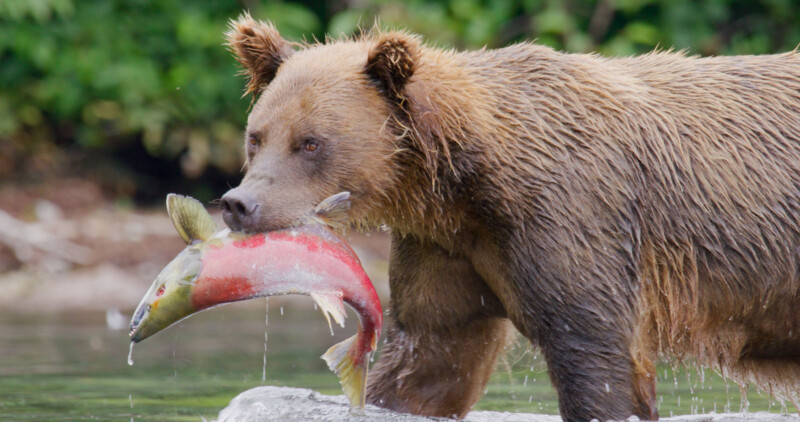
In fact, flora and fauna in season two should look better than ever thanks to the production team, Wildstar Films, employing more advanced camera technology for its sequel series.
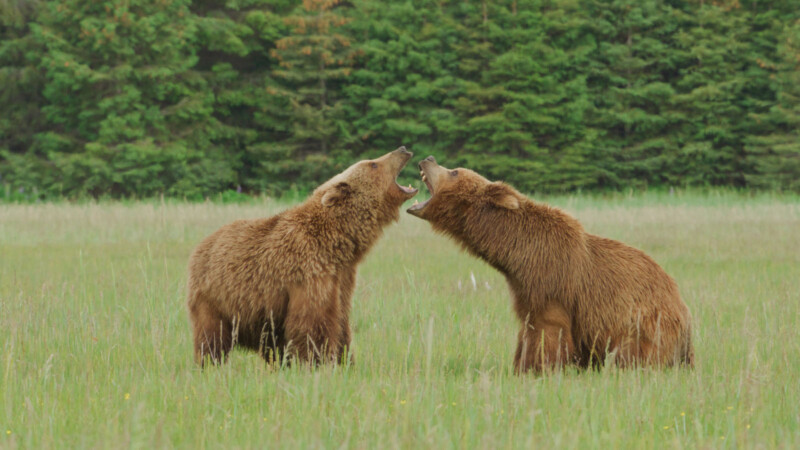
At Lake Clark National Park and Preserve in Alaska, where there are craggy mountains, steaming volcanoes, and, most famously, coastal brown bears, the team used new high-speed cameras to film the bears as they hunt salmon. The team also used motion-controlled macro camera technology to record carnivorous plants in action within Lake Clark National Park and Preserve.
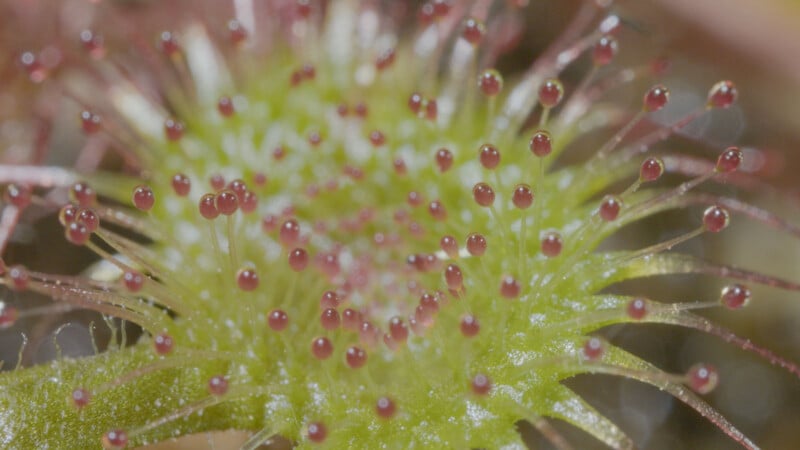
Wild wolves still rule the forest within Voyageurs National Park in northern Minnesota. The Wildstar Films team used remote cameras to follow the lives of a wolfpack as it raised a new litter of pups. The team also used hyper-lapse photography techniques to closely examine the rich fungus within Voyageurs.
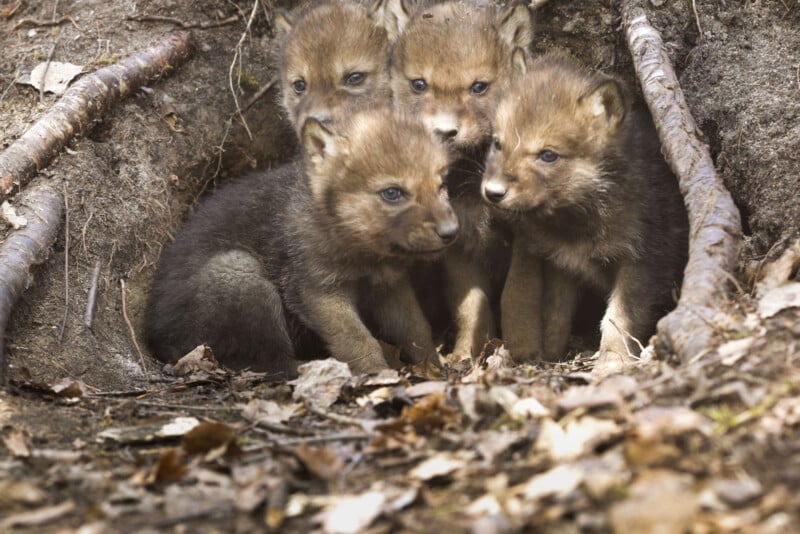
Being able to capture video of wildlife without disturbing them is critical, so the team had to be mindful of how it followed a fox as it darted along coastal regions in Channel Islands National Park in California. Using new quiet drone technology, the team could tail the fox without interrupting its natural behavior.
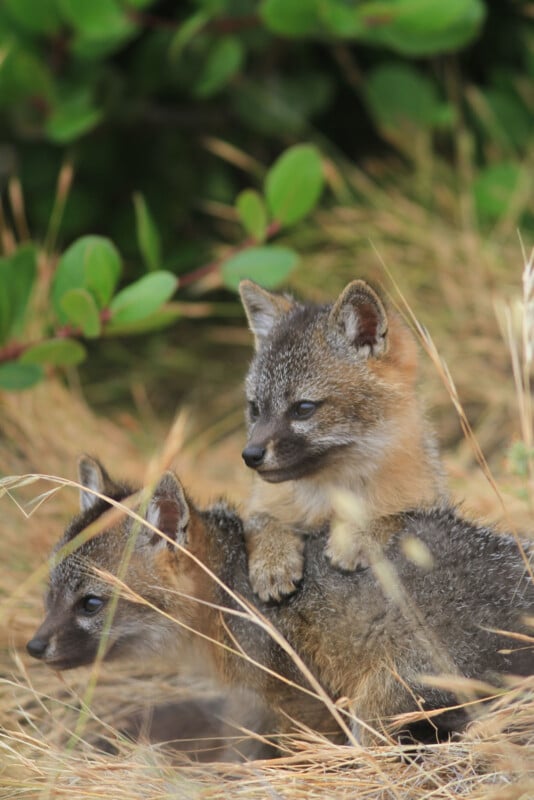
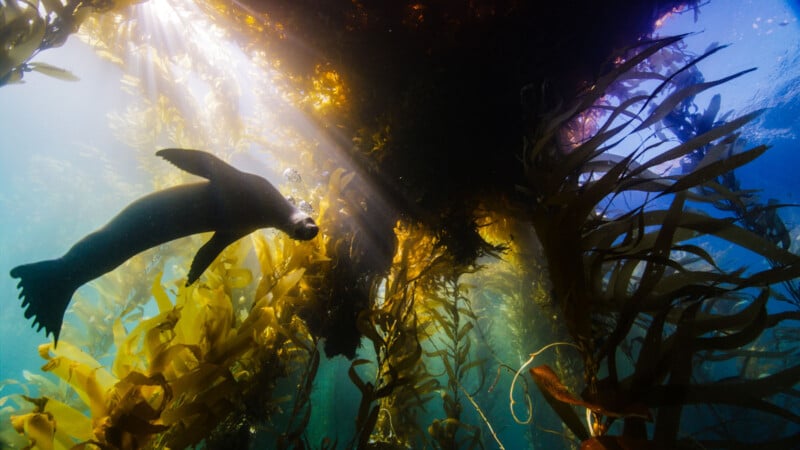
Just outside Miami, Biscayne National Park protects coral reefs and mangrove forests. These habitats are vital for the sea life in the area, and the team has used the latest underwater cameras with ultraviolet lights to see coral from a fresh perspective.
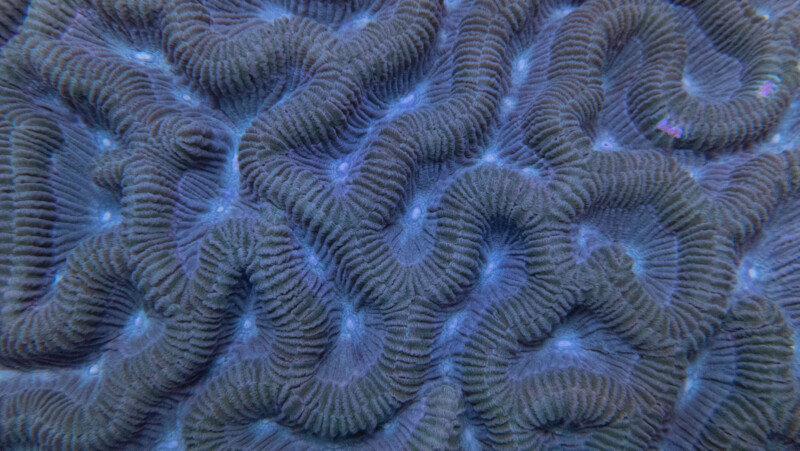
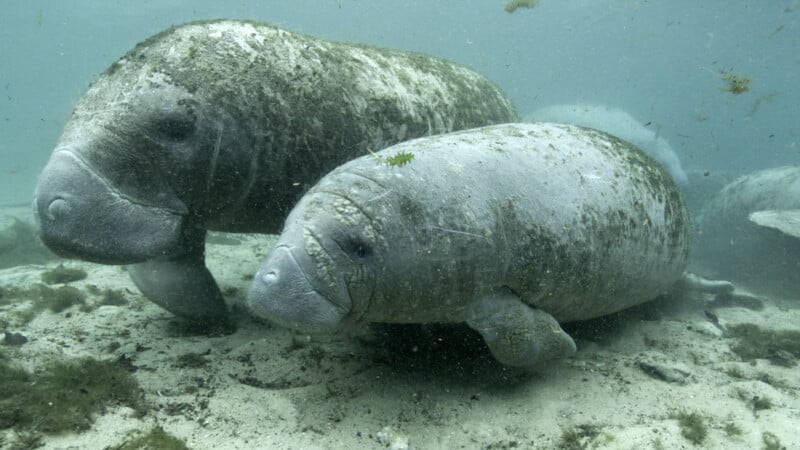
While there’s no novel camera technology in use at Grand Tetons, it’s a truly incredible national park. The team captured amazing imagery of elk, bison, coyotes, fox, pronghorn, wolves, bears, and more.
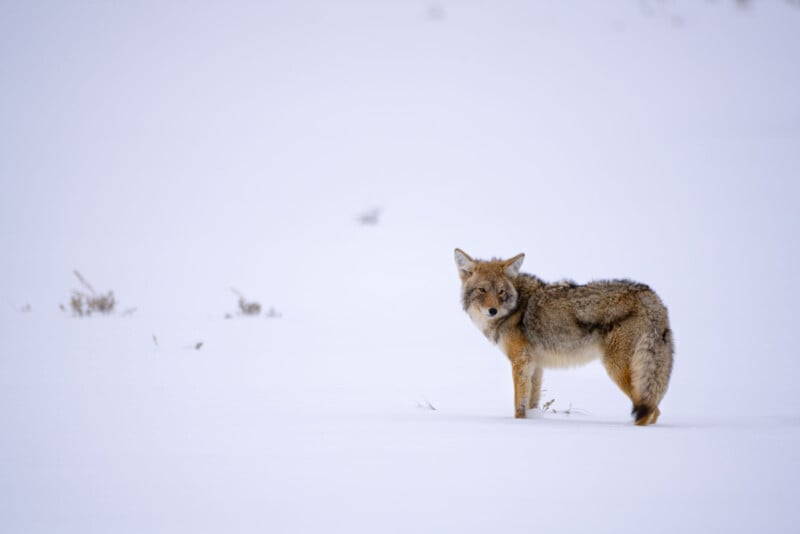
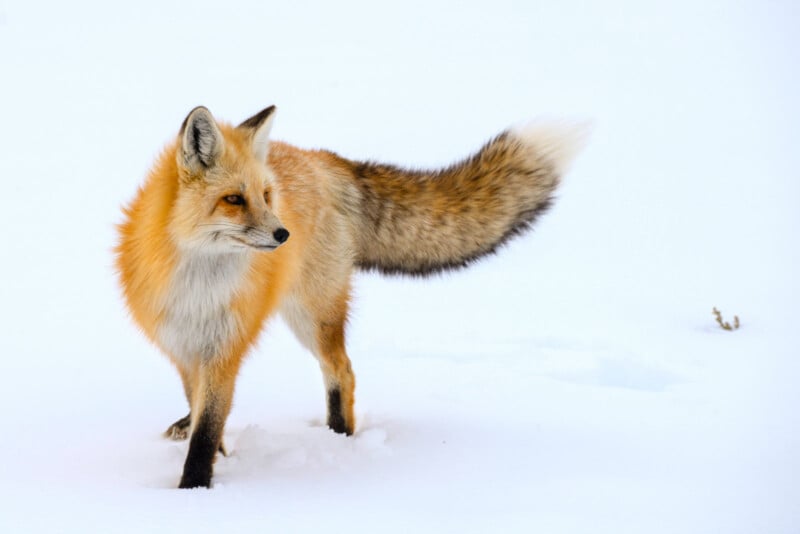
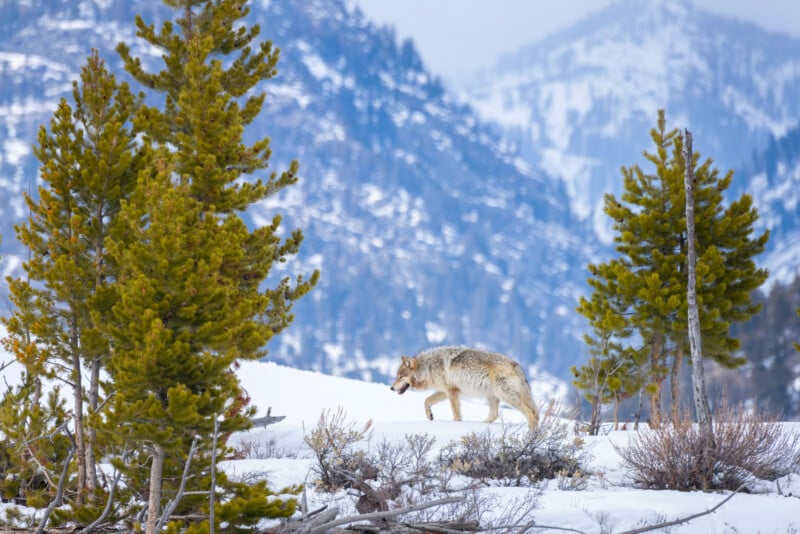
The season two premiere of “America’s National Parks” is available now on National Geographic. The entire season will be available to stream on Disney+ starting tomorrow.
Image credits: National Geographic